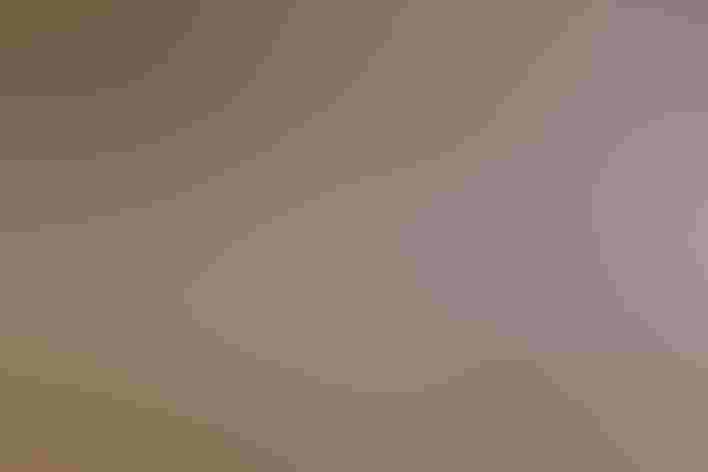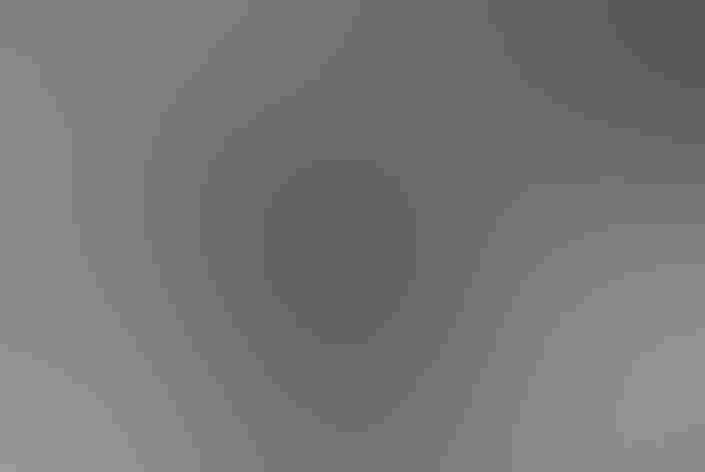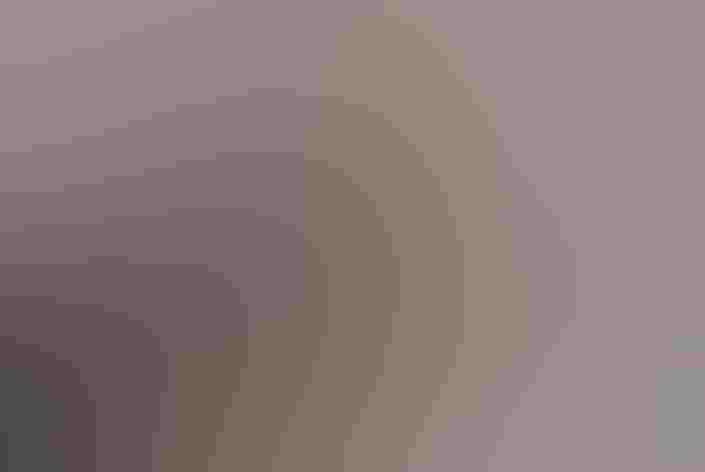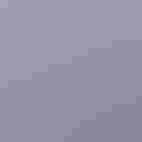South Polar Skua
At a Glance
It occurs regularly off both our coasts, but this predatory seabird nests only far to the south of us, around the edges of the Antarctic continent. When it reaches North American waters it remains far offshore, pirating food from other seabirds or catching its own fish.
All bird guide text and rangemaps adapted from Lives of North American Birds by Kenn Kaufman© 1996, used by permission of Houghton Mifflin Harcourt Publishing Company. All rights reserved.
Category
Gull-like Birds, Gulls and Terns
IUCN Status
Least Concern
Habitat
Open Ocean
Region
California, Mid Atlantic, New England, Northwest, Southeast, Western Canada
Behavior
Swimming
Population
11.000
Range & Identification
Migration & Range Maps
From Antarctic nesting grounds, moves far to the north in both Atlantic and Pacific. Perhaps most common off southern California in late spring, off northern California in early fall, and off New England in early summer, but details still poorly known.
Description
21" (53 cm). Bulky, powerful, with wide wings, thick neck. Brown with white wing flash (more obvious than in jaegers). Dark back contrasts with pale nape; head and underparts often paler also. Compare to Great Skua. Young Pomarine Jaeger also can resemble skua.
Size
About the size of a Crow, About the size of a Mallard or Herring Gull
Color
Black, Brown, Gray, Tan, White
Wing Shape
Broad, Tapered
Tail Shape
Rounded, Short, Square-tipped, Wedge-shaped
Songs and Calls
Usually silent in American waters.
Habitat
Open ocean. Ranges widely at sea, over both warm and very cold waters. Appears far off North American coast where there are concentrations of other birds from which to steal food. Almost never seen from shore on this continent. Nests in Antarctica, on islands and mainland, on barren ground.
Sign up for Audubon's newsletter to learn more about birds like the South Polar Skua
Behavior
Eggs
Two, sometimes one. Olive to brown, blotched with darker brown. Incubation is by both sexes, but female does more. Incubation period 24-34 days, usually 28-29.
Young
Both parents feed young, by regurgitation. Young may leave nest soon after hatching, wander in immediate vicinity. Although both eggs usually hatch, usually only one young survives to fledging. Age at first flight 49-59 days.
Feeding Behavior
Forages at sea by plunging into water from flight, or by seizing items while sitting on surface. Often steals food from other seabirds: may grab a shearwater or gull with its bill and shake the other bird violently to make it disgorge its catch.
Diet
Mainly fish. Diet in North American waters not well known, but feeds mostly on fish while at sea. On breeding grounds, some feed mainly on the eggs and young of penguins, and on carrion around penguin colonies.
Nesting
In Antarctic, some nest close to penguin colonies, feeding on eggs and chicks. Where this species overlaps with the larger Brown Skua, the Browns effectively "control" the penguin colonies, and the South Polars must forage at sea. Courtship involves much posturing and calling; male feeds female. Usually first breeds at age of 5-6 years; birds usually have same mates and same nest sites every year thereafter. In aggressive display near nest, both wings are raised together over back, head extended forward while bird gives harsh calls. Nest site is on ground. Nest is simple scrape in soil or moss; often begun by male and completed by female.
Conservation
Conservation Status
Numbers apparently stable. Except near a few Antarctic research stations, the haunts of the species are usually remote from the impacts of human activities.






